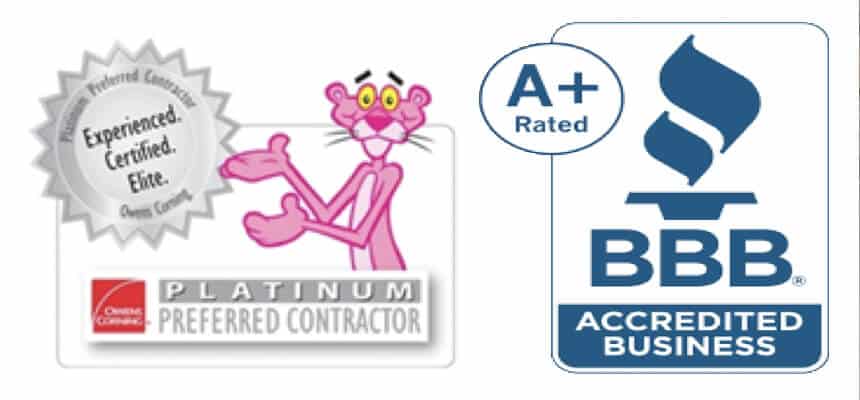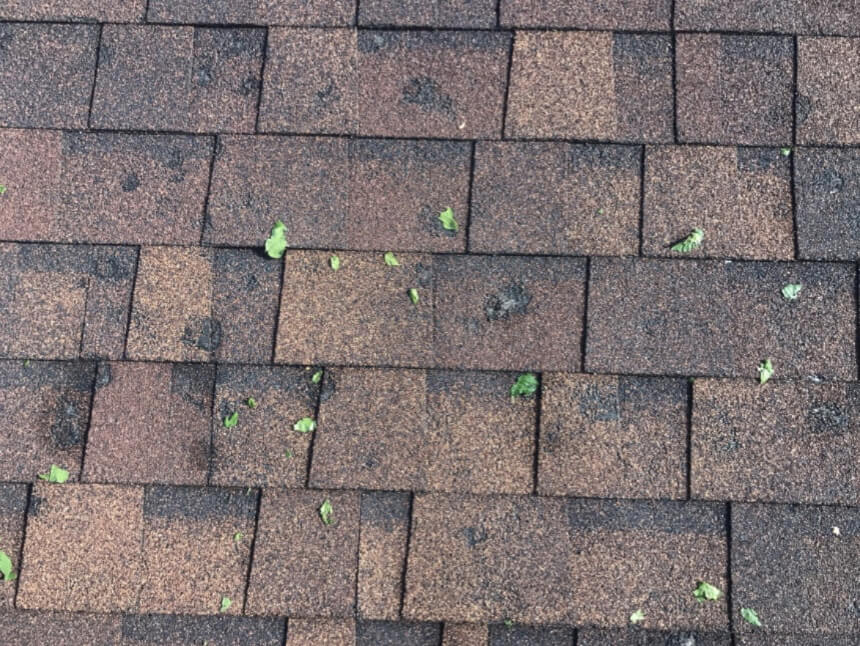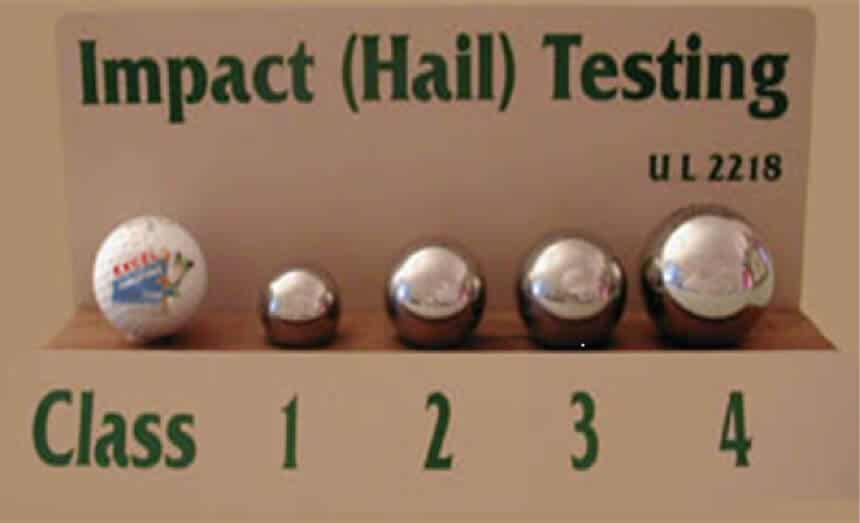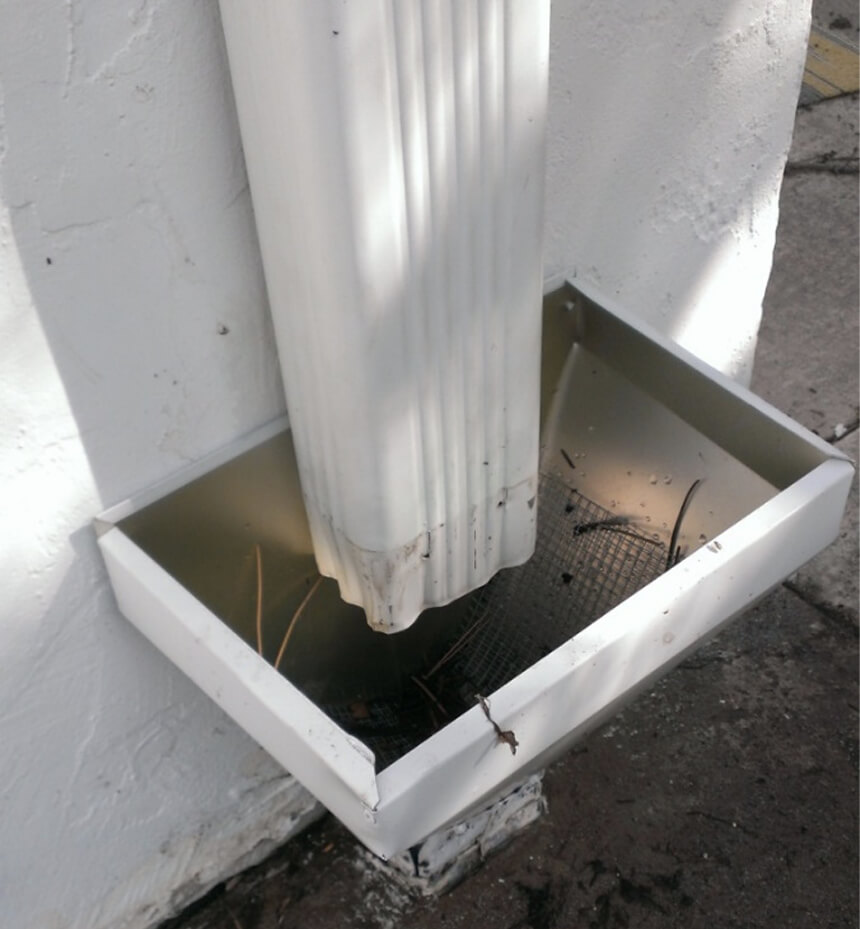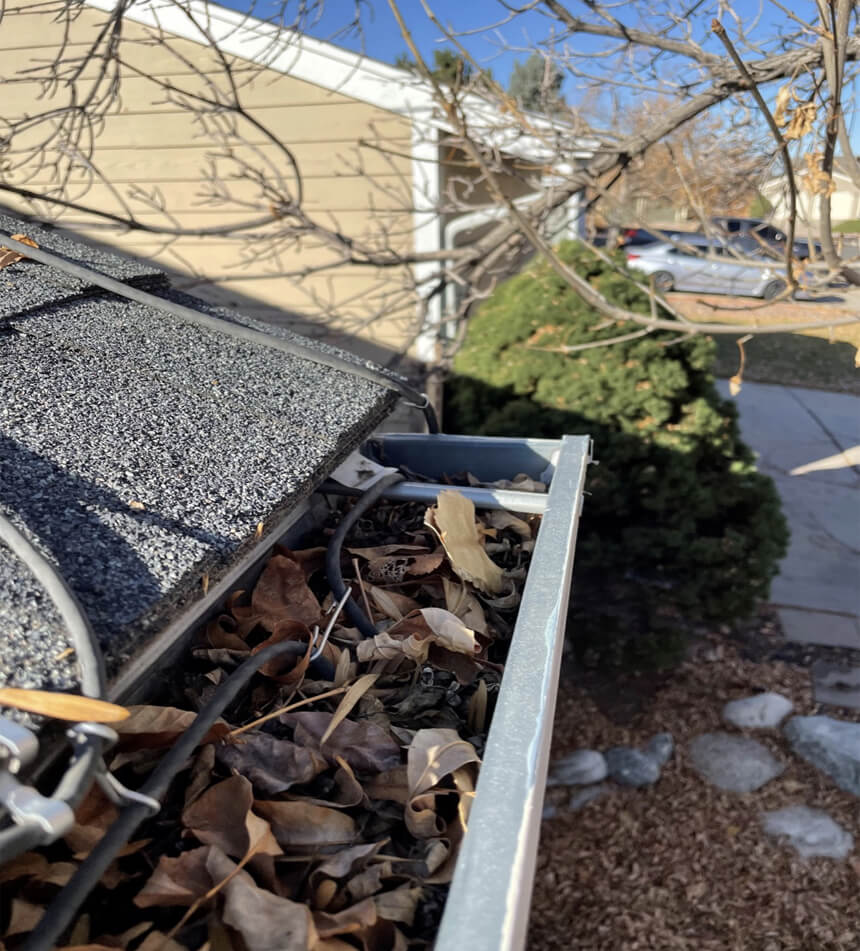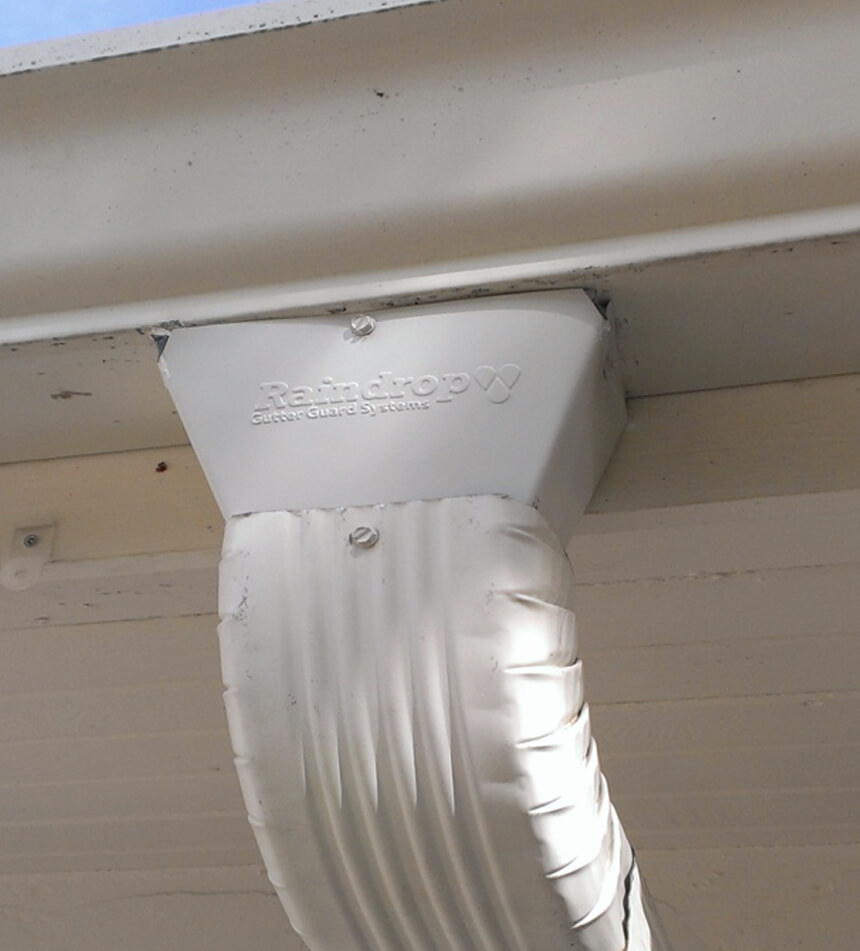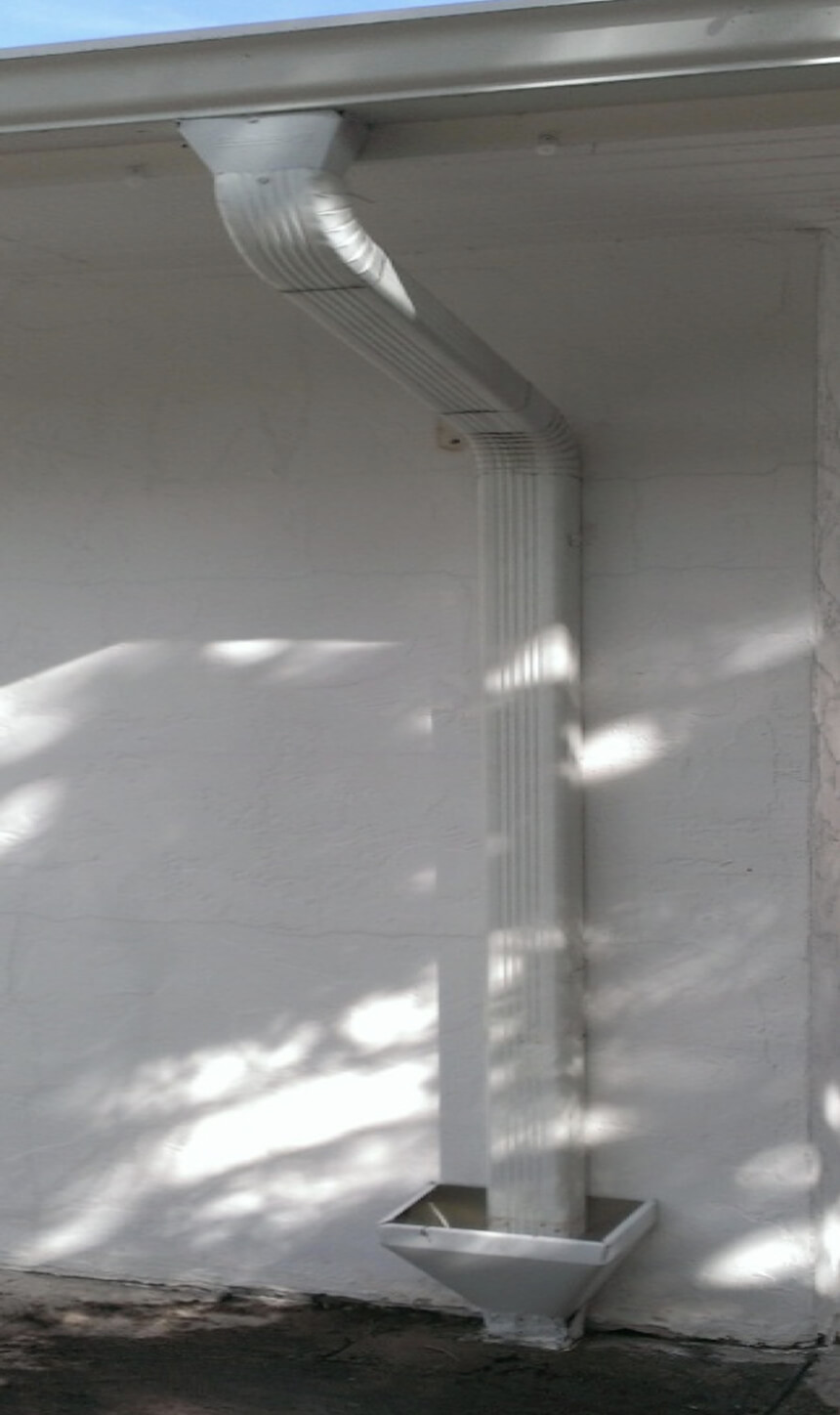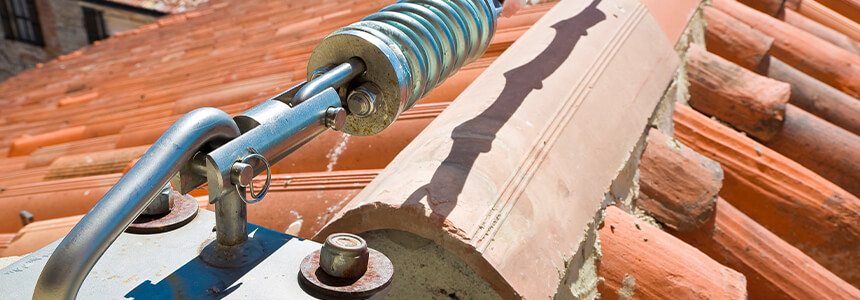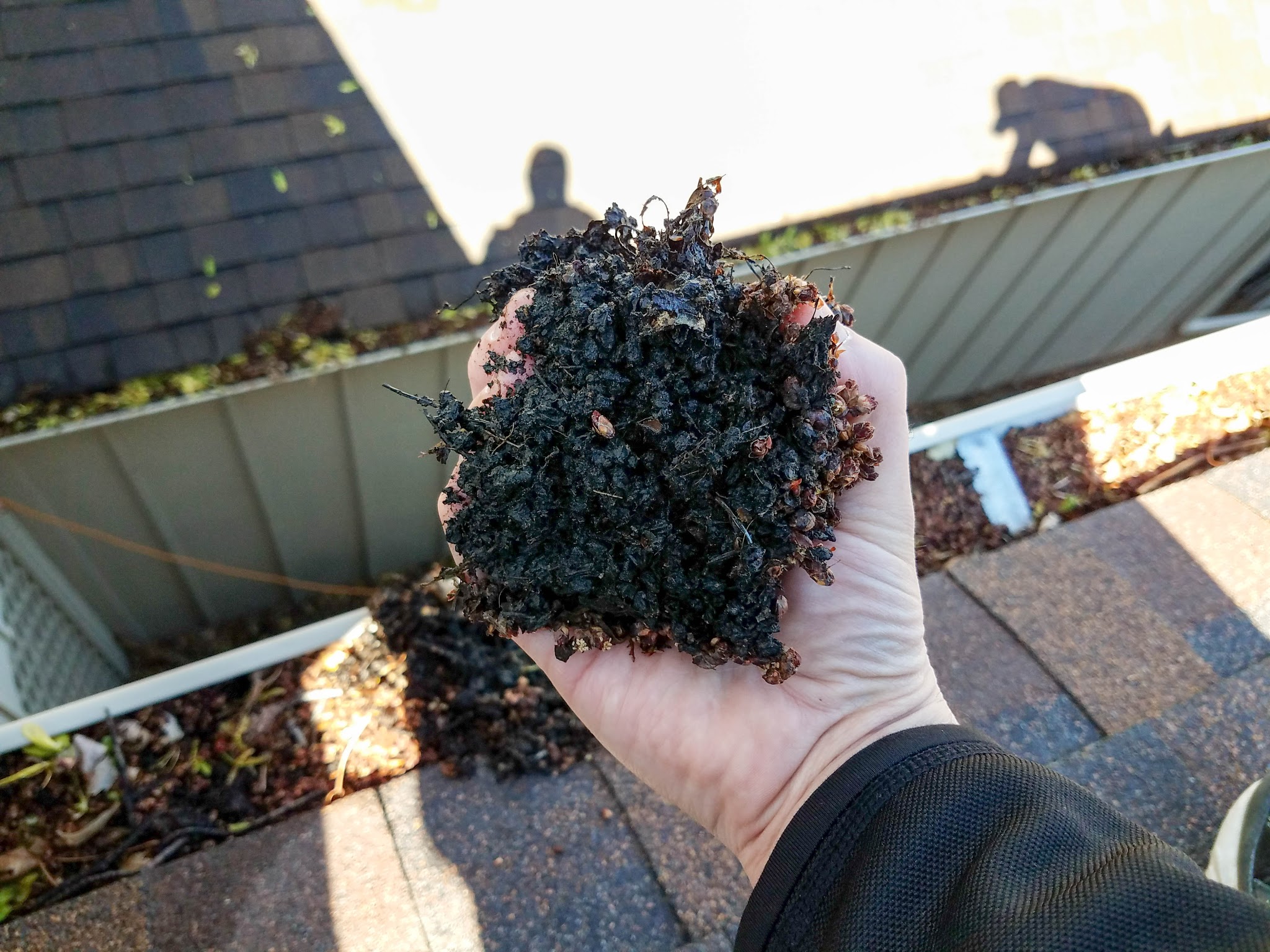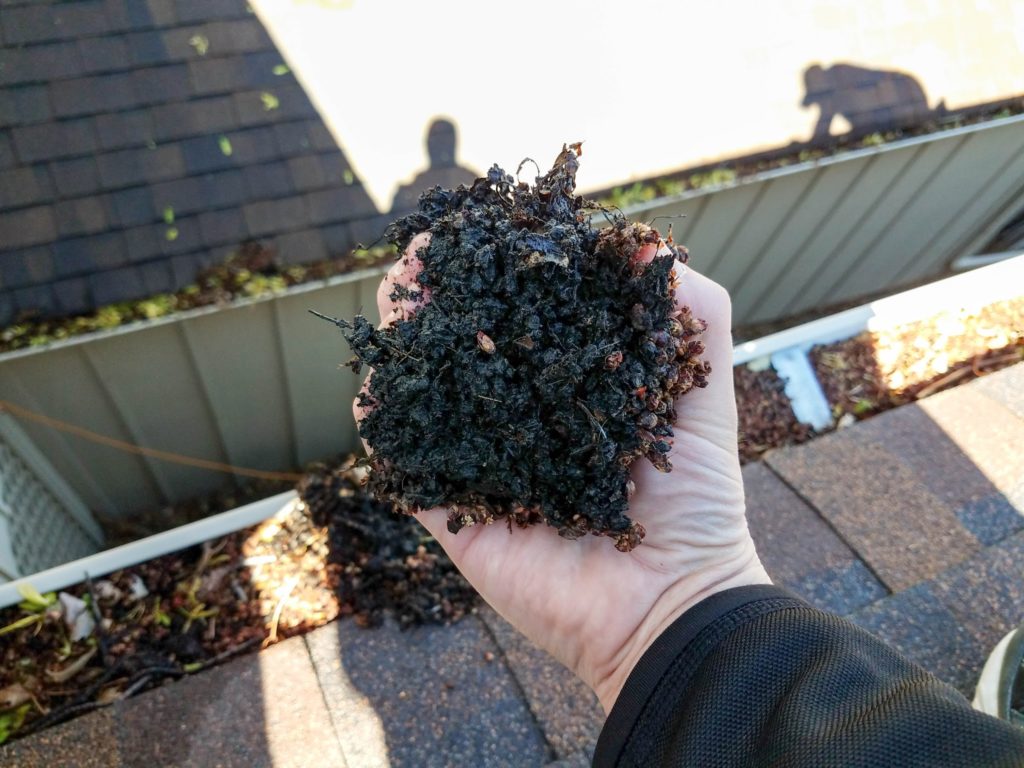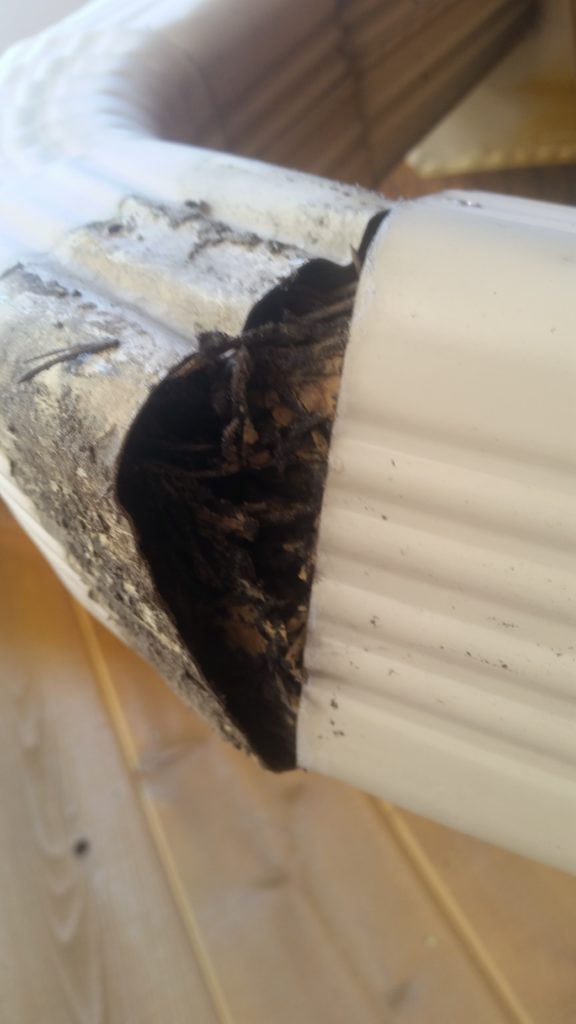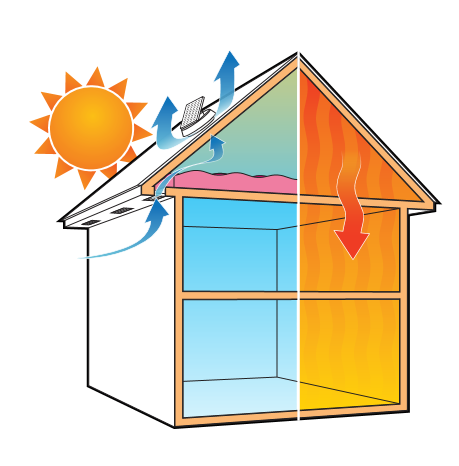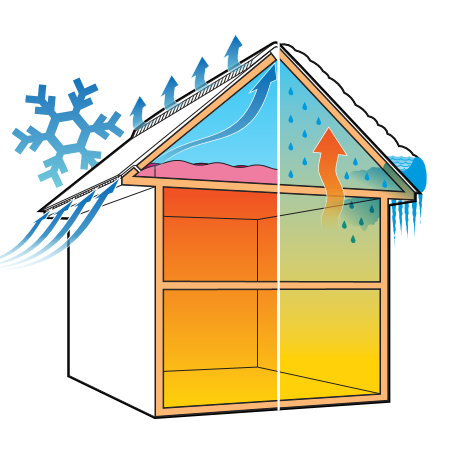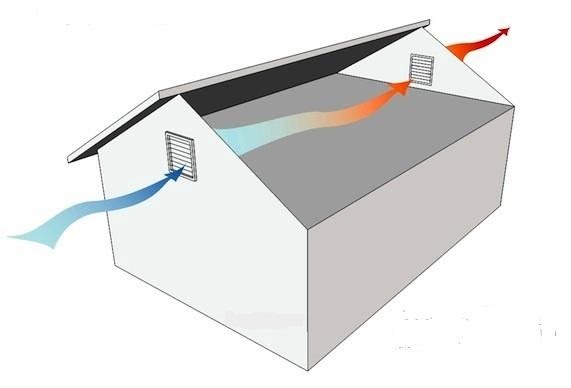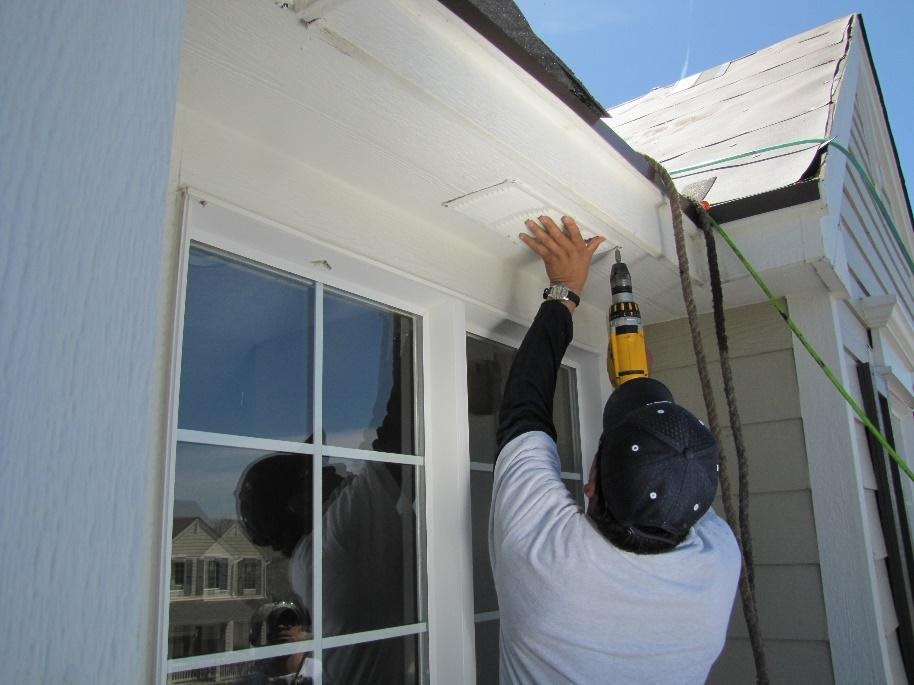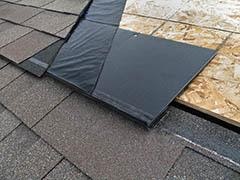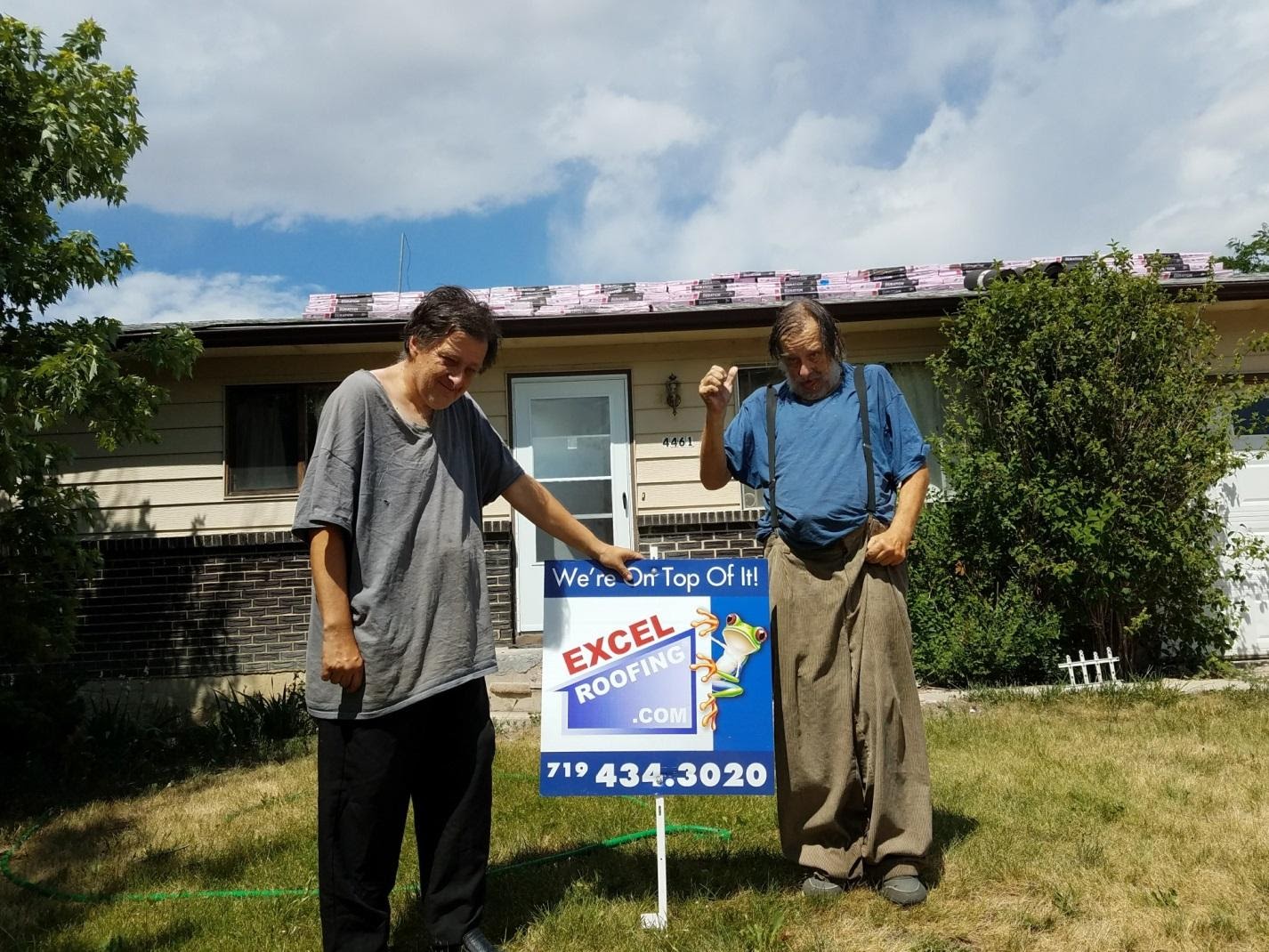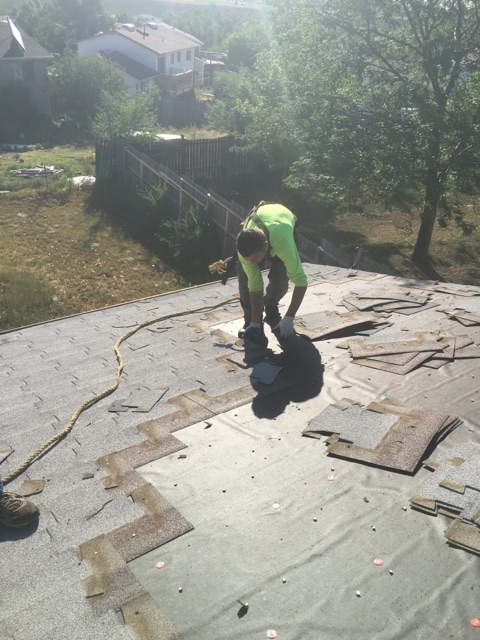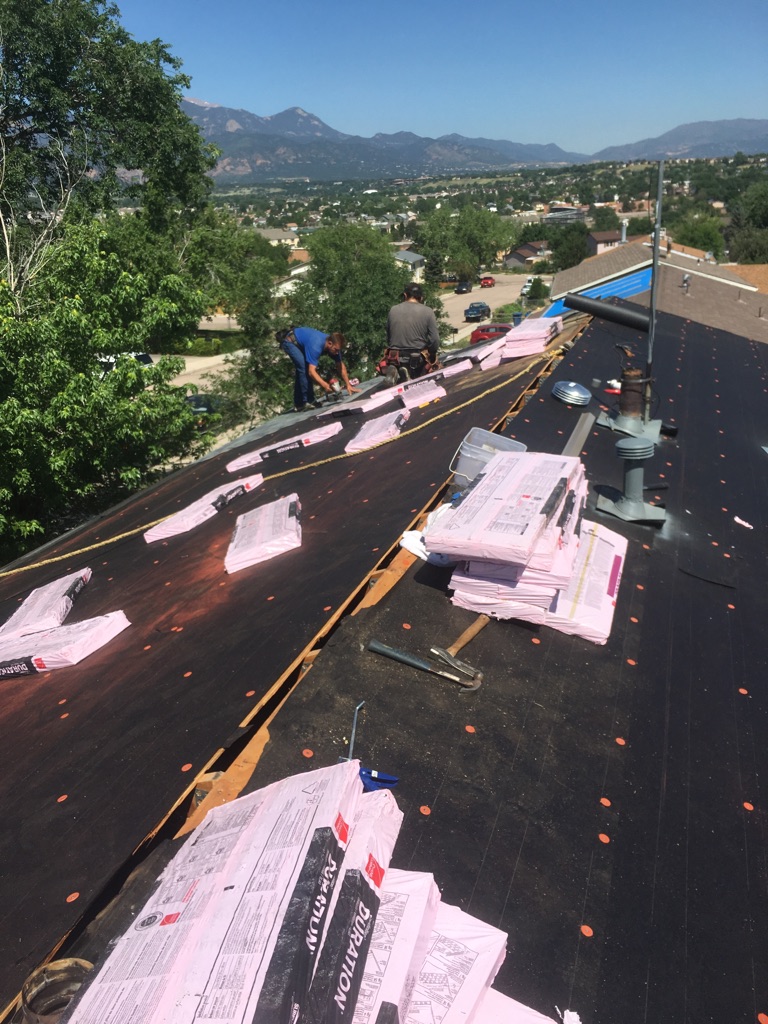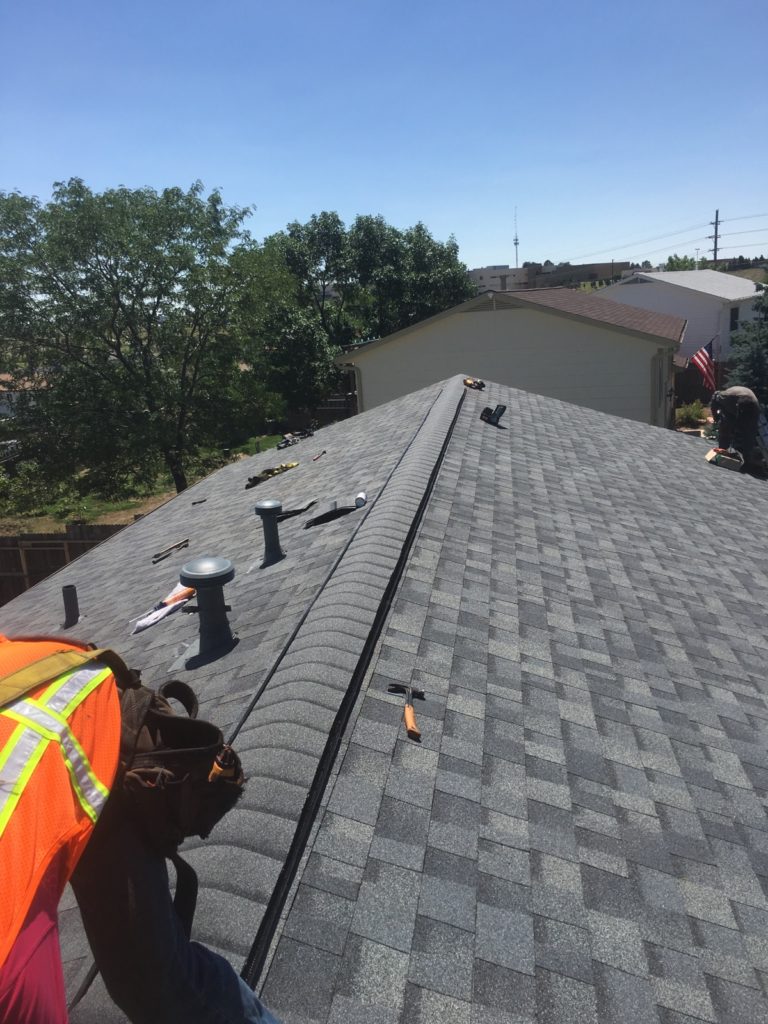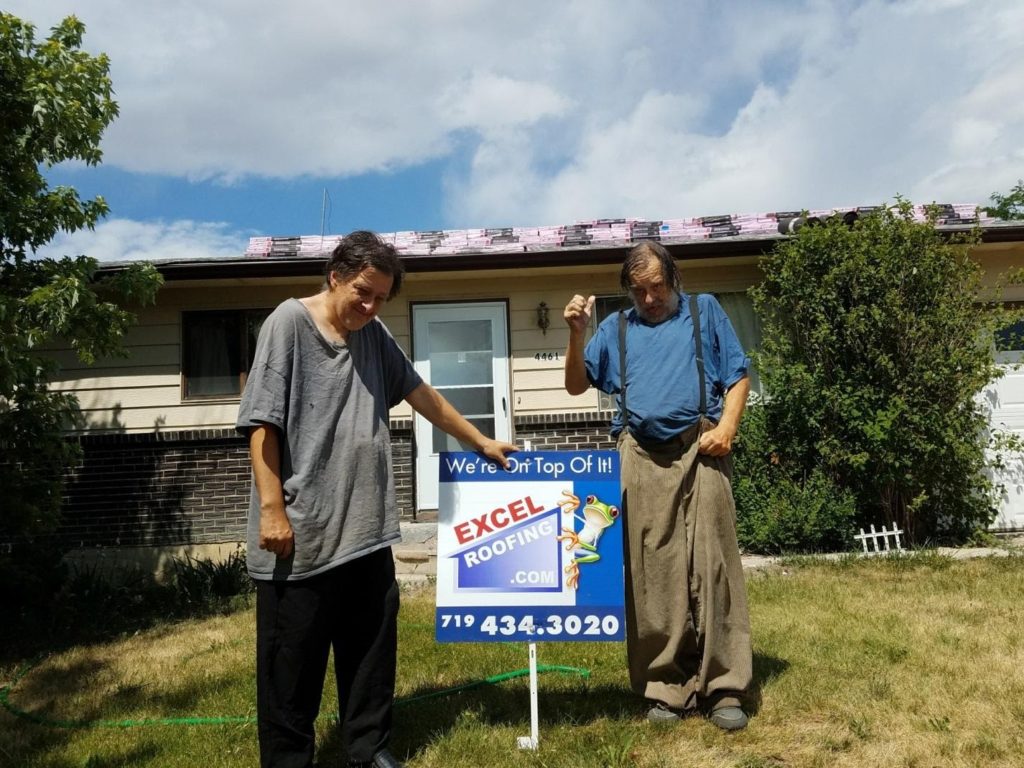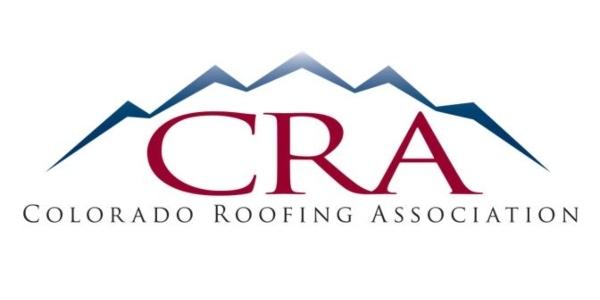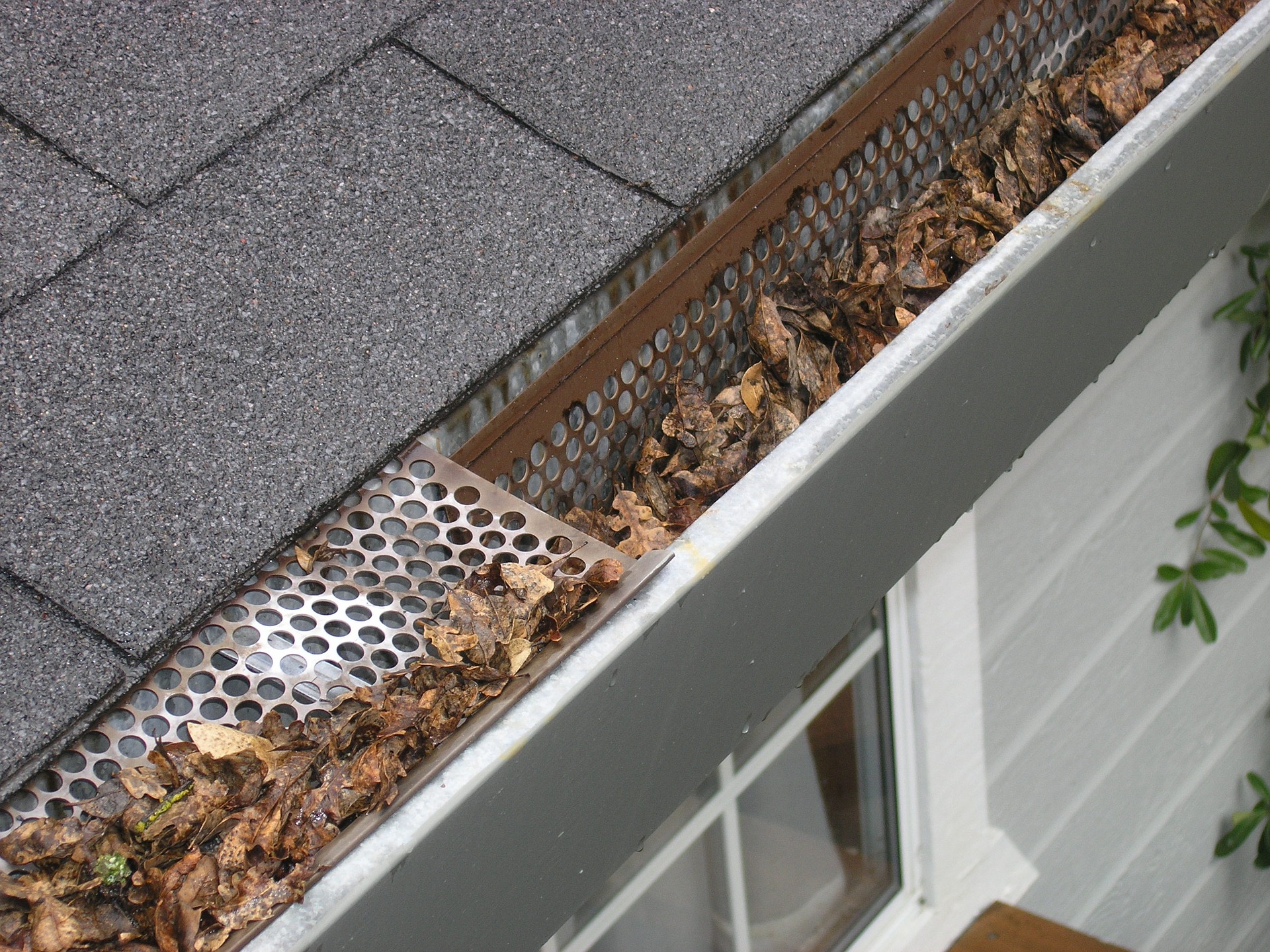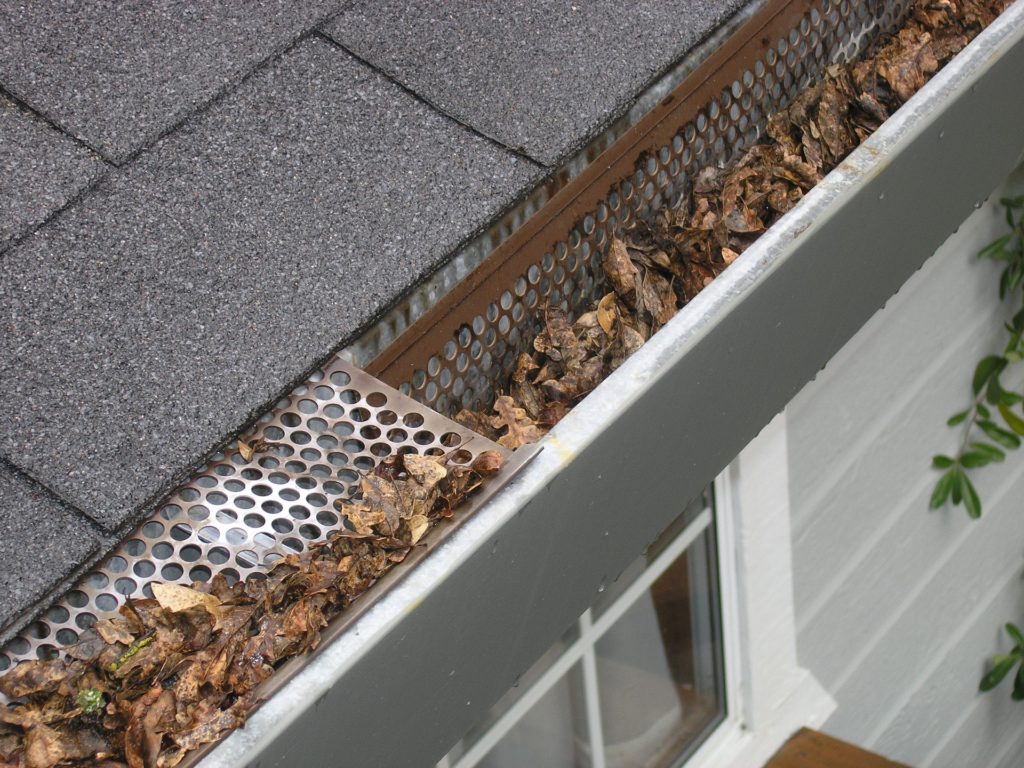Red Flags in Roofing in Colorado
When it comes to roofing projects, finding a reliable and trustworthy contractor is essential. Unfortunately, the roofing industry has its share of unscrupulous individuals who prioritize their own interests over those of their clients. In Colorado – say Highlands Ranch, Littleton, Colorado Springs, or Denver – homeowners must be aware of red flag contractors. This blog post aims to shed light on these warning signs to help homeowners make informed decisions and avoid falling victim to untrustworthy contractors.

1. High-Pressure Tactics
One of the most common red flags in the roofing industry is the use of high-pressure sales tactics. Dishonest contractors may employ aggressive and relentless methods to push homeowners into signing contracts without fully understanding the terms and conditions. They often create a sense of urgency, claiming limited availability or time-sensitive discounts to manipulate homeowners into making hasty decisions. Reputable contractors prioritize open communication and encourage homeowners to take their time, ask questions, and review multiple estimates before committing to any roofing project.
2. Demanding to Sign a Contract
Another red flag to watch out for is contractors who insist on immediate contract signing. Legitimate roofing professionals understand the importance of allowing homeowners to thoroughly review and understand the terms of the agreement. By pressuring homeowners to sign on the spot, untrustworthy contractors aim to bypass the necessary scrutiny of the contract and potentially include unfair clauses or hidden fees. Homeowners should always take the time to carefully read the contract, seeking clarification on any unclear or suspicious clauses before signing.

3. Cancellation Fees
Unethical roofing contractors often include cancellation fees in their contracts, effectively penalizing homeowners for changing their minds or seeking alternative options. These fees can be exorbitant and are designed to deter homeowners from canceling the contract, even if they have valid reasons to do so. Reputable contractors typically have reasonable cancellation policies or allow for a grace period during which homeowners can freely opt out of the agreement without incurring unnecessary financial burdens.
4. Money Upfront, No Refunds
Demanding substantial upfront payments with little or no refund policy is a clear red flag in the roofing industry. Untrustworthy contractors often require homeowners to pay a significant portion or even the full amount before any work is done. Once they receive the money, they may either disappear, leaving the project unfinished, or provide subpar workmanship. Legitimate contractors typically request a reasonable deposit to cover initial costs, with the balance paid upon completion and homeowner satisfaction.
5. Salesmen Paid Before Work Completion
Unethical roofing contractors may compensate their salesmen based on the number of signed contracts, encouraging them to prioritize closing deals over ensuring customer satisfaction. This can result in rushed projects, poor communication, and inadequate attention to detail. Homeowners should inquire about the payment structure within the contractor’s company, ensuring that the contractor values quality workmanship and customer satisfaction above all else.
To avoid any red flags, do your research on the roofing contractors before picking. Excel Roofing allows homeowners to take as much time as they need and ask as many questions as they may have before signing an agreement. Excel has 0 cancellation fees. If homeowners choose to go with a different company, Excel Roofing will tear up the agreement and throw it away. Excel does not collect any money upfront. We collect the checks after the job is done and the customer is satisfied! Remember, investing in a reliable and trustworthy contractor is the key to a successful roofing project that will protect your home for years to come.
